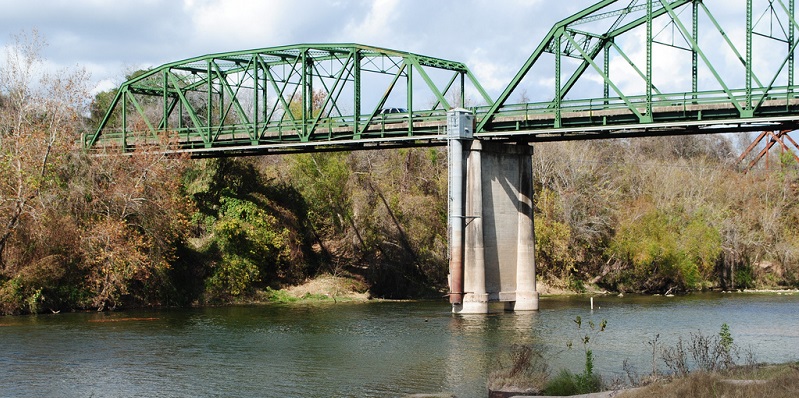If your car is involved in an accident in which the vehicle goes into a lake or river, the weight of the engine will pull the vehicle underwater within three to four minutes. Here’s what experts advise in this situation.
Your Reaction Could Determine Your Fate
Each year, the news contains several stories about people getting trapped in cars that plunge off a bridge into the water; many do not survive.
According to data from the U.S. Federal Emergency Management Agency (FEMA), it doesn’t require a large amount of water to create a potentially fatal situation for a motorist:
- Six inches of water will reach the bottom of most passenger cars, causing stalling and an overall lack of control.
- 12 inches of water will result in floating.
- 24 inches of fast-moving water can float and carry away most vehicles, even trucks.
Colorado Bridges Spanning Bodies of Water
Colorado is home to numerous bridges over water. Some of the more notable ones include:
- The Royal Gorge Bridge, built in 1929 near Cañon City, spans 1,053 feet above the Arkansas River. Passenger vehicles are allowed to cross the Royal Gorge Bridge at certain times, depending on the season, but oversize vehicles, including large trucks, RVs, and buses, are not permitted access.
- The Middle Bridge crosses Colorado’s largest body of water, the Blue Mesa Reservoir, on U.S. Highway 50 near Sapinero.
- Approximately 25,000 vehicles cross the Mulberry Street Bridge over the Cache La Poudre River in Fort Collins each day.
In the U.S., an estimated 10,000 auto accidents involve vehicles becoming submerged in water each year, and from those, about 400 fatalities occur. Although safety officials estimate that less than one-half of one percent of all automobile accidents involves a vehicle plunging off a bridge into water, it is still a terrifying scenario for drivers as well as their passengers.
What to Do If Your Vehicle Plunges Into Water
The National Safety Commission provides the following tips to motorists in the event that their vehicle should end up in the water:
- Brace for impact, grabbing the steering wheel with both hands so that you will not hit your head.
- Don’t panic – you won’t sink You will have about 30 seconds to one minute until the water reaches the bottom of the windows, and the weight of the engine will pull the vehicle under the water within three to four minutes.
- If you can, jump out of your vehicle while it is still floating on the surface of the water.
- While still floating, roll down your window and unbuckle your seat belt to escape. Power windows will continue to work up to 10 minutes after the impact.
- If your vehicle becomes submerged, remain buckled while you break the driver or passenger-side window to escape.
- Once the car fills with water, the pressure inside and outside the vehicle will be equalized and you’ll be able to open the door.
- An air bubble will typically form toward the rear of the vehicle – try to move there as soon as possible.
- Carry a Philips screwdriver or spring-loaded center punch in the glove compartment of your car to break tempered glass.
- Push any children out of the vehicle first, starting with the oldest kids and taking the youngest out in your arms.
- If you can’t swim, try to float.
Call for medical attention as soon as possible, but don’t call 911 until you’re out of the vehicle – you’ll need every second you have to get to safety.

